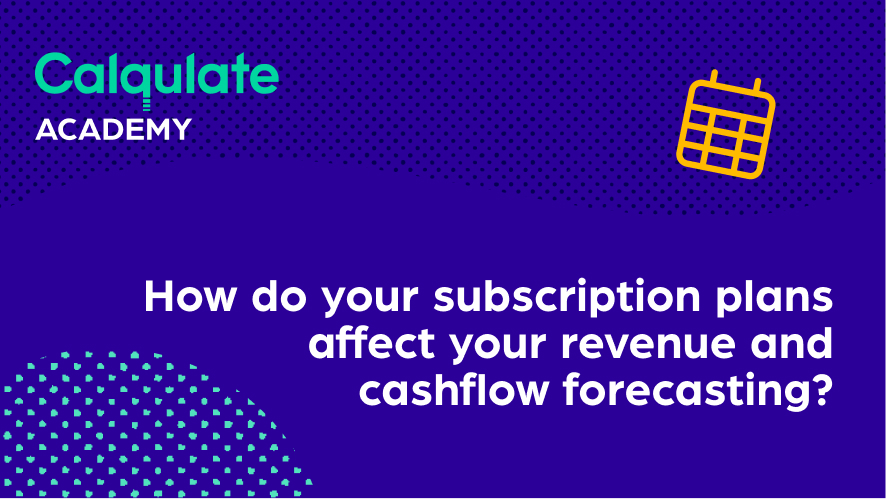The benefit of a Monthly Recurring Revenue (MRR) is that you don’t have to focus on new monthly one-off sales. Your customers will automatically return every month through a subscription.
However, having a monthly deal means that you may lose your customer at any time. Whereas having an annual deal means that once a customer signs up, they commit to you for at least a year. Thus, making your revenue and cashflow forecasting more stable and less tedious than it needs to be.
Monthly vs. annual deals: How does your subscription plans affect your forecasting?
Let’s assume your Customer Acquisition Costs (CAC) for each new customer is $900, and your MRR is $100 per customer.
The below chart displays the cumulative cashflows in both monthly and annual deal scenarios. It also considers your CAC in the first month.
@2x.png?width=624&name=Cumulative%20cashflows%20(monthly%20vs%20annual)@2x.png)
In both scenarios, the cumulative ending cash balance after 36 months is the same: $2,700.
The difference?
With annual upfront payments, excess cash of $300 is available from the beginning of the customer relationship. The glorious thing about excess cash is, you can immediately reinvest it in growth!
Let’s look into cashflow forecasting with the following, slightly more realistic, scenarios:
Assuming your CAC for each new customer is $900, and your plan is to acquire 5 new customers a month with an MRR of $100 per customer over 36 months. Your input values are:
Scenario 1
CAC: $900 per new customer
MRR: $100
Period: 36 months
Payment: Monthly
If you acquire 5 new customers each month on monthly deals, you will break even on month 17. Assuming your customers don’t churn, you generate profit from your customer base from month 18 onwards. Your cumulative ending cash balance after 36 months is $171,000. The lowest negative cash balance is -$18,000 in months 18 and 19.
Your results in this scenario are:
|
CAC payback/break-even time |
17 months |
|
Cumulative ending cash balance |
$171,000 |
|
Lowest negative cash balance |
-$18,000 (months 18 and 19) |
Now, let’s look at a slightly different scenario with the following input values. We’re keeping all variables the same apart from the payment option. Instead of paying you monthly, your customers are paying you annually instead. Your input values are:
Scenario 2
CAC: $900 per new customer
MRR: $100
Period: 36 months
Payment: Annually
By having annual contracts, your cashflows are positive from Day 1. Your cumulative ending cash balance after 36 months is $270,000.
Your results in this scenario are:
|
CAC payback/break-even time |
Negative / Immediate |
|
Cumulative ending cash balance |
$270,000 |
|
Lowest negative cash balance |
- |
The below chart shows you the cumulative cashflows in 36 months. When you compare both scenarios, this is how it looks like: @2x-1.png?width=598&name=Cumulative%20cashflows%20(5%20customers%20per%20month)@2x-1.png) Key takeaway:
Key takeaway:
Your goal is to be cashflow positive from Day 1 onwards. Motivate your customers to sign up for your annual deals instead of waiting 17 months to break even with a higher risk of them leaving you at any time.
It not only stabilizes your revenue and cashflow forecasting, you also gain access to immediate extra cash. Invest that in additional customer acquisition or product development. Why settle for only 5 new customers per month when you have the option to grow?
Happy Calqulating!

